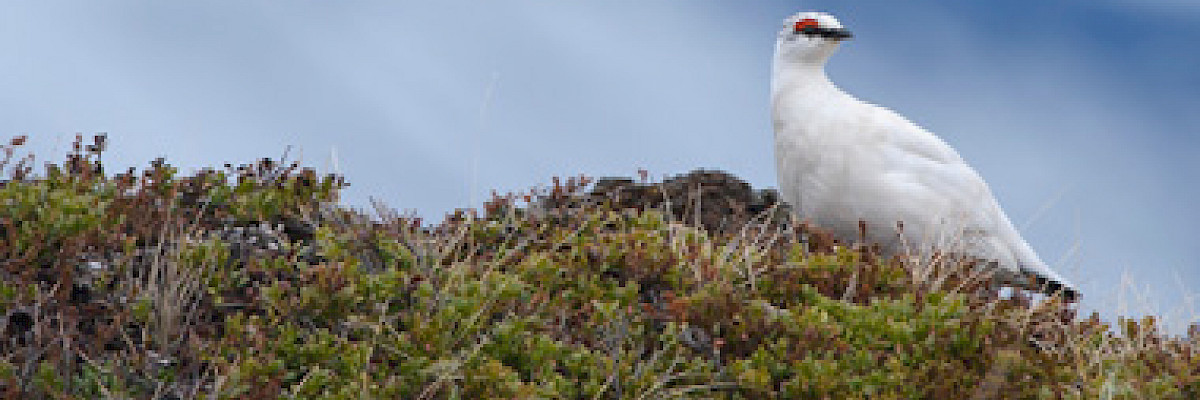
Climate change "squeezing" Arctic animals and plants: new circumpolar report
2021-05-20
Arctic plants, insects, birds and land mammals are experiencing wide ranging and diverse effects from climate change. The timing of key life events, changing habitats, and the introduction of new predators and potentially new diseases are among the impacts described in a new report based on long-term biodiversity monitoring from around the Arctic.
The State of the Arctic Terrestrial Biodiversity Report provides the most comprehensive circumpolar synthesis to date about biodiversity on Arctic lands. Dozens of experts from across the Arctic produced the report under the Circumpolar Biodiversity Monitoring Program (CBMP), the cornerstone program of the Arctic Council’s Conservation of Arctic Flora and Fauna Working Group.
Species from southern ecosystems, such as red fox, moose, and voles are moving into the Arctic, and are expected to push Arctic species northwards, creating an “Arctic squeeze.”
Changing frequency, intensity and timing of extreme weather events such as winter rain and thaws make it hard for some species such as lemmings and caribou/reindeer to access food. Increased frequency of heavy rain events, and warm temperatures causing massive blackfly outbreaks, have killed Arctic peregrine falcon chicks. The effectsof such incidents on wildlife populations are unknownat this time.
These changes cascade through the ecosystem and may affect services that nature provides for people, such as pollination, nutrient cycling and food.Changes in culturally important food resources have implications on the food security and cultures of Indigenous Peoples and Arctic residents
While large data gaps make it difficult to summarize circumpolar trends, the report says:
- There has been increased growth and encroachment of shrubs and trees in parts of the low Arctic. Plant abundance remained mainly stable, but when changes occurred, shrubs, mosses and lichens were most affected.
- Important pollinating flies decreased 80% between 1996 and 2014 at a site in East Greenland.
- More than half of the terrestrial Arctic bird populations have at least one population in decline.
- More than half of all wader species are declining, but there is large variation across flyways with 88% of populations declining in the East Asian-Australasian Flyway, compared with 70% of populations stable or increasing in the African-Eurasian Flyway.
- Nearly half of geese species are increasing.
- Circumpolar populations of caribou/reindeer have declined since the 1990s, with the most dramatic decreases observed for migratory tundra and forest caribou/reindeer populations even as some island or mountain populations remain stable.
The report also describes the status of terrestrial biodiversity monitoring around the Arctic, highlighting ways to improve detection and reporting on significant changes in the Arctic. The report calls for better coordination, standardization of methods, and improved use of Indigenous Knowledge, Local Knowledge, and citizen science.
For more information please visit the State of the Arctic Terrestrial Biodiveristy Report.
 Arctic Council Working Group
Arctic Council Working Group